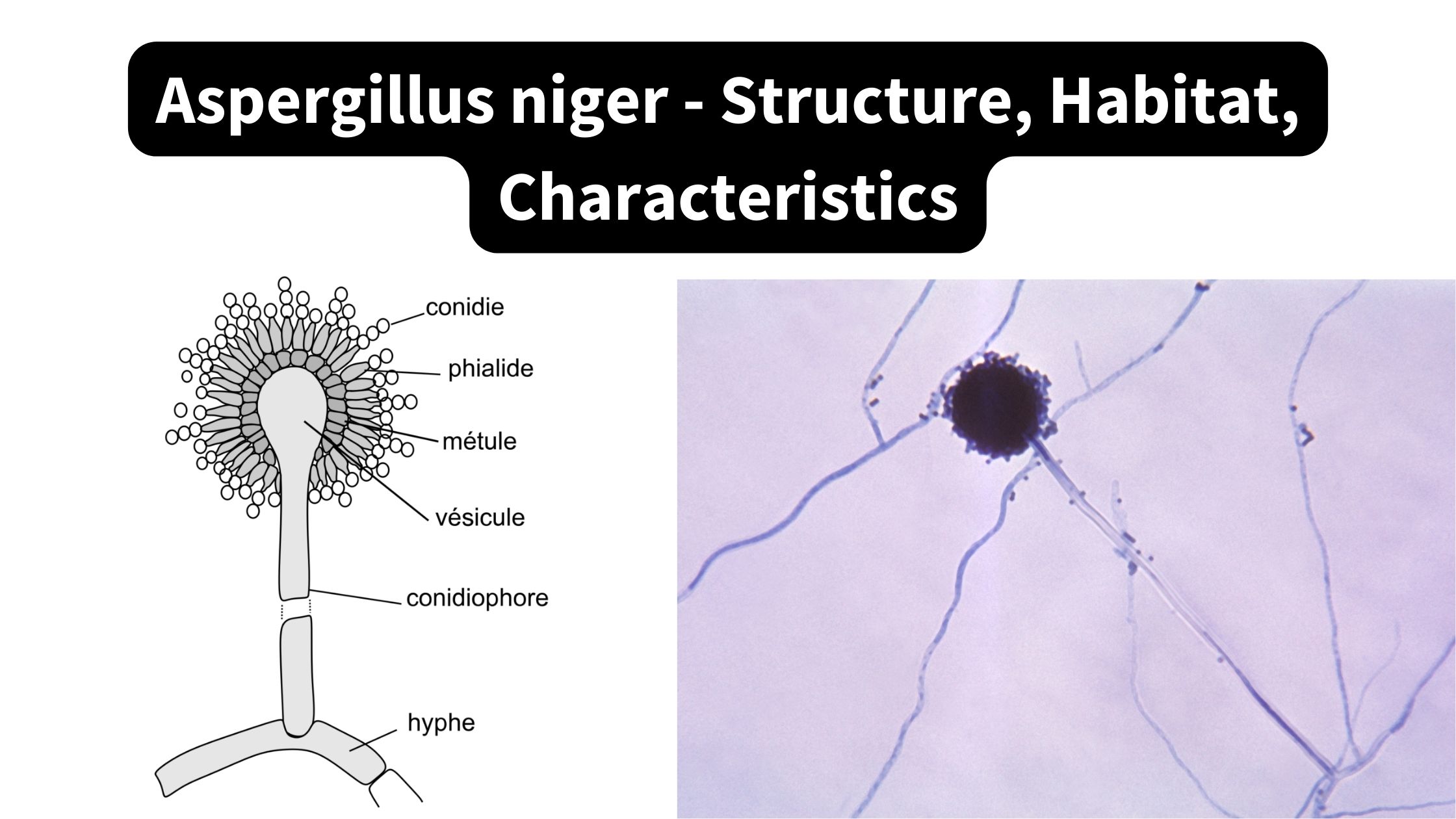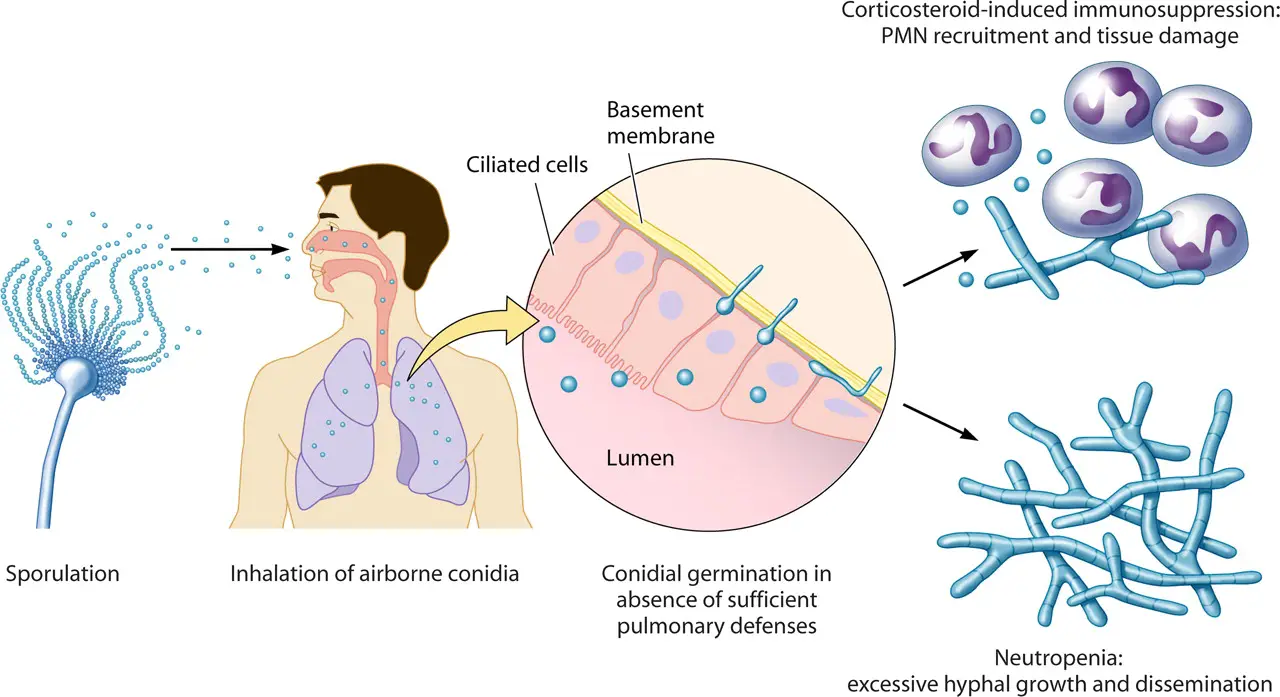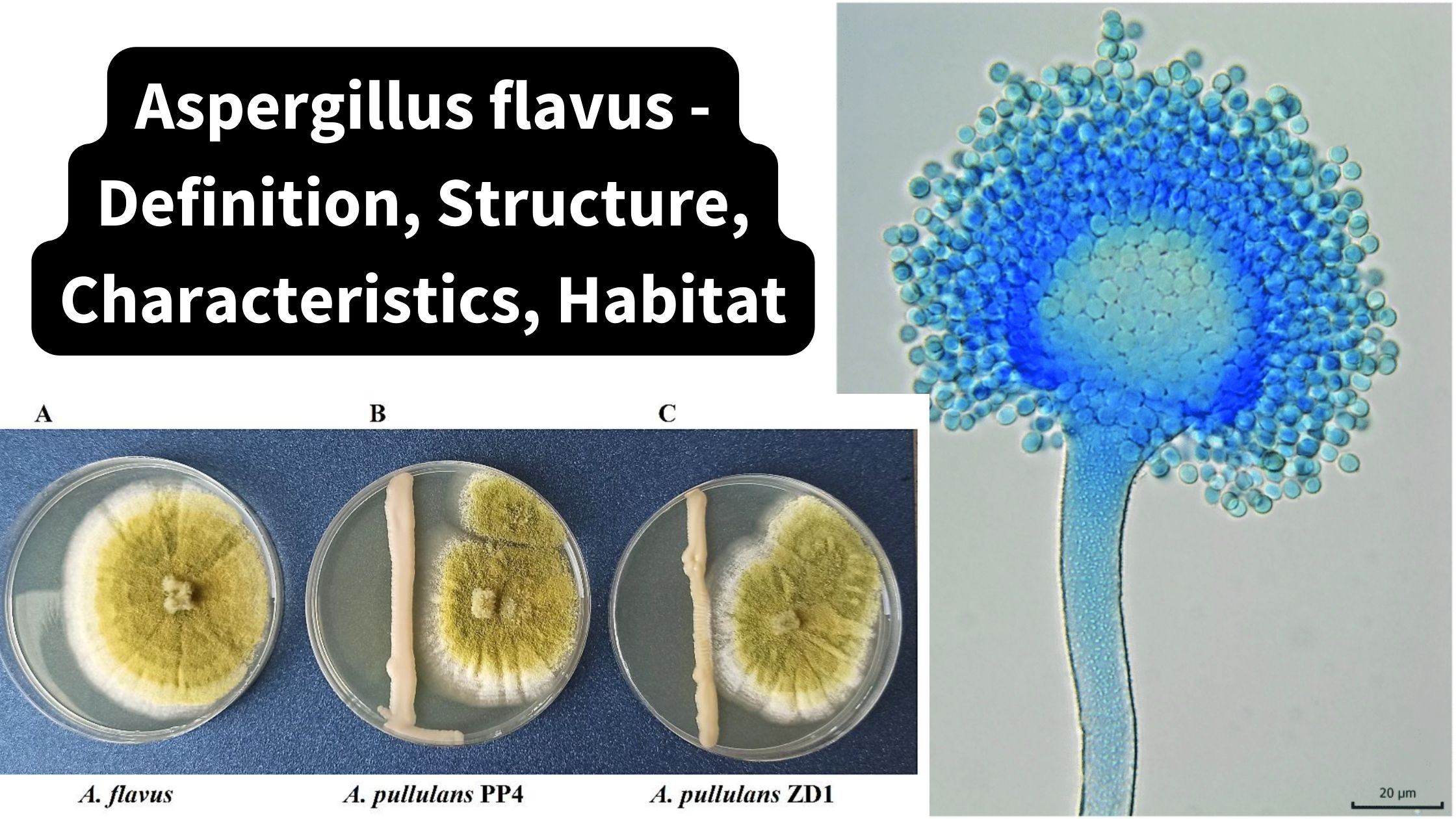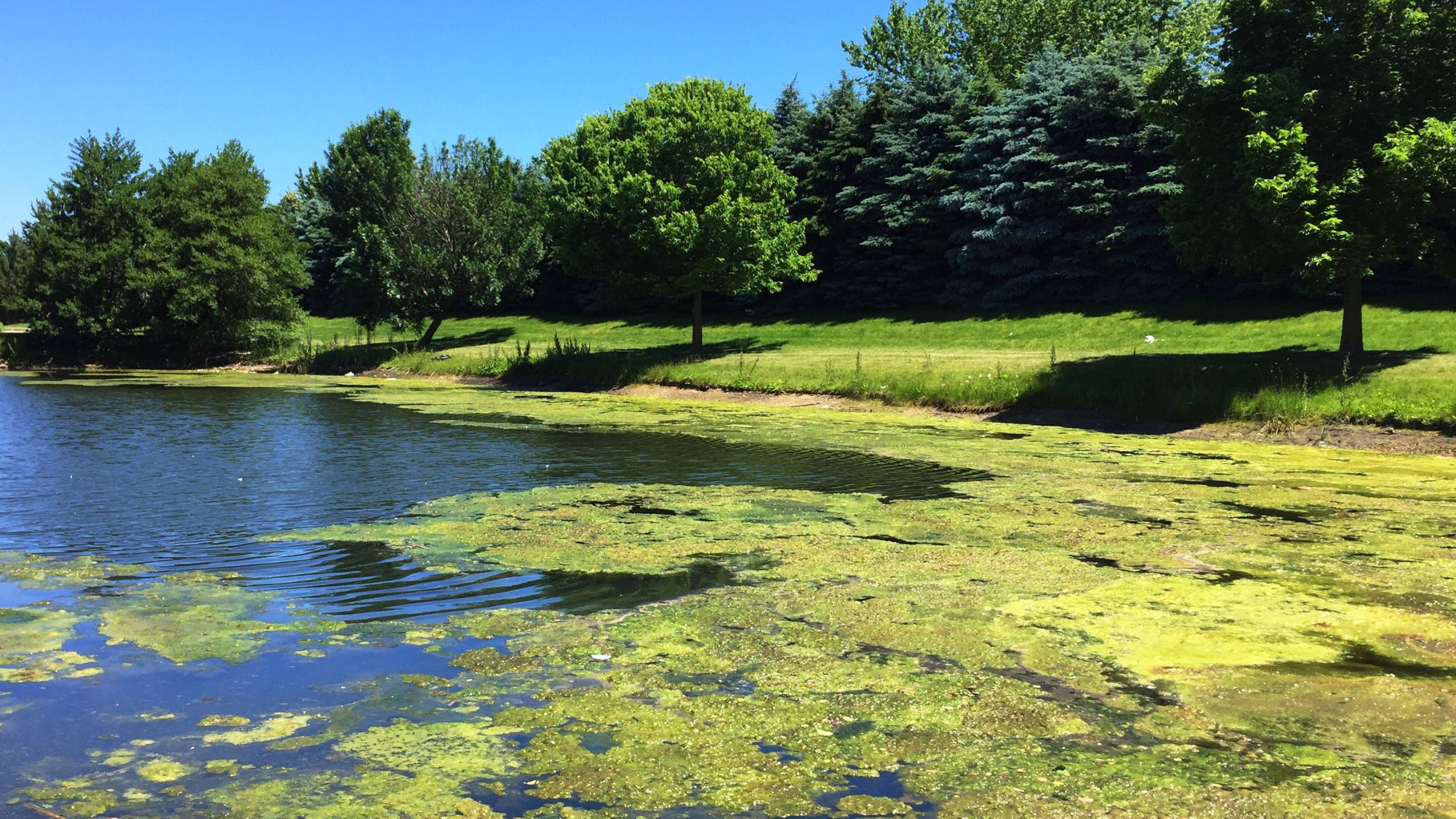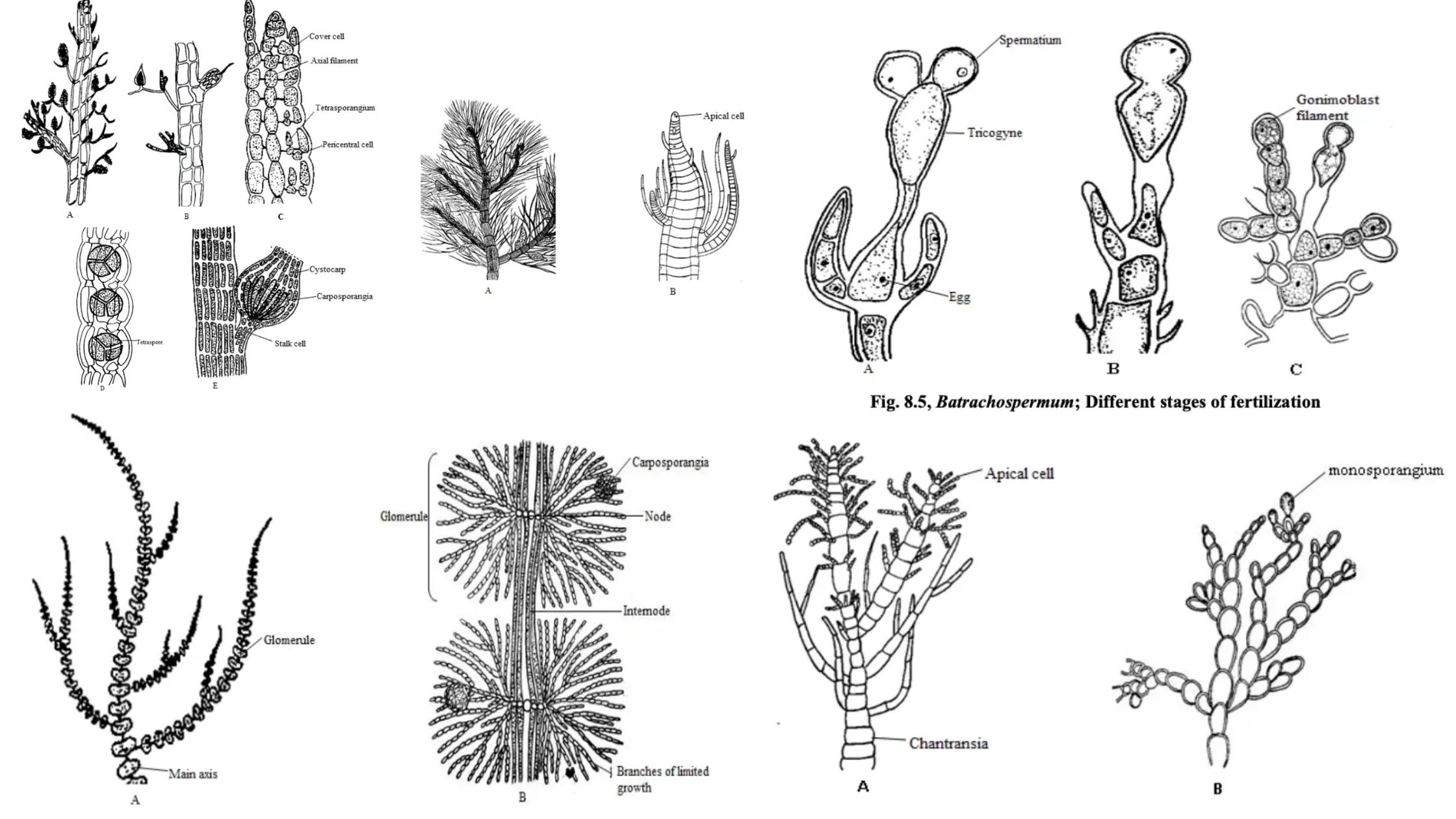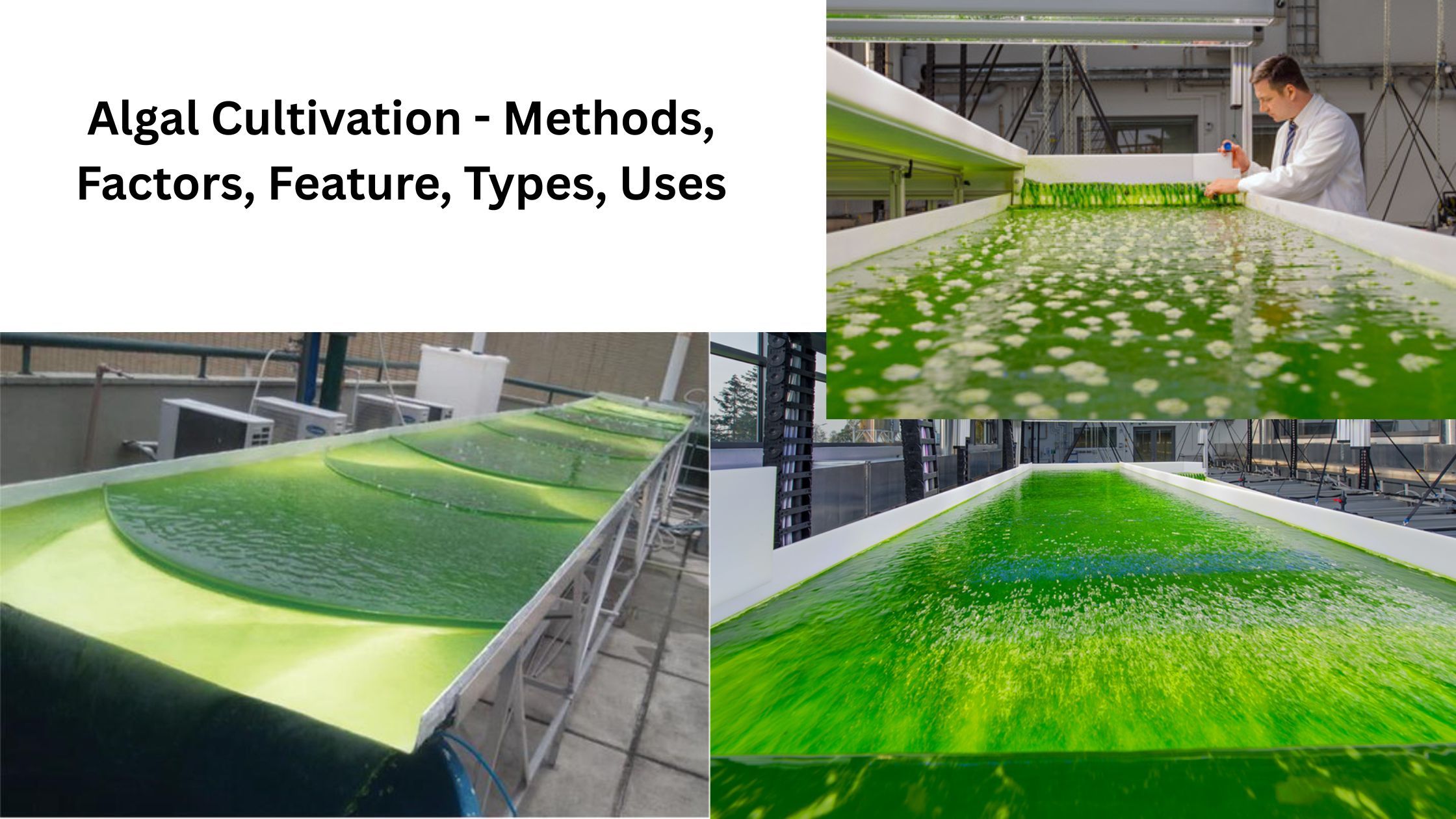Intellectual Property Rights – Definition, Types, Importance, Examples
What is Intellectual Property Right? Intellectual Property Right (often shortened as IPR) is described as a legal right that is given to protect creations of the mind, such as inventions, literary works, designs, and symbols used in commerce. Protection is granted so that creators are recognized and rewarded for their work, even when enforcement is … Read more


